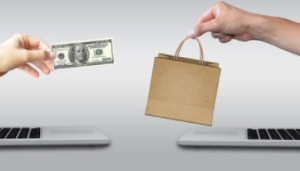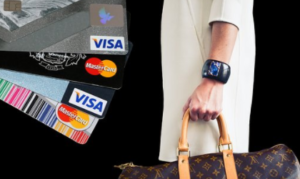
Shopping should be an exciting exercise. Advancement in technology has made it not easy to shop but also make payment for the goods and services. Currently, goods and services are being ordered online and subsequently paid for using the same portal. Cash payments are no longer accepted either because they are not convenient or because the legislation puts them at the bare minimum.
Regardless of the way shopping is being done, businesses should come up with various payment methods that are convenient for the customers. These payment methods should periodically be reviewed so as to keep an eye on an emerging trend. Further to this, the payment method chosen should be cheap to the business and also enable it to carry out its activities seamlessly. Cash flow management is a key pillar to the survival of any business.
This has always been considered to be an easy way to have control over ones spending. Somebody can only buy something whose value is equivalent to cash in his pocket. There is a high risk of cash being stolen.
Goods are purchased, and the buyer writes a cheque to make payment. Always ensure that there is enough money in the account to avoid being charged a Non-sufficient funds fee.
This is buying goods and paying for them at a later date. The card is swiped in the store in a machine which produces a receipt that you sign against acknowledging payment. If the card has a computer chip, signature on the receipt is not necessary. Credit cards are not the best way to manage expenditure.

Works the opposite of credit cards. You only spend money that is in your account. Just like credit cards, debit cards are swiped.
 PayPal – all that one needs to open a PayPal account is an email. The procedures are easy and simple. It has over 140 million accounts that are active, and transfer and request for payments are very easy.
PayPal – all that one needs to open a PayPal account is an email. The procedures are easy and simple. It has over 140 million accounts that are active, and transfer and request for payments are very easy.When considering top ways to pay for goods and services, always consider the following key points: transactions and service costs, the risk involved, privacy and preference of the customer and whether the payment platform you are choosing has an infrastructure in the region or state you are operating in.
